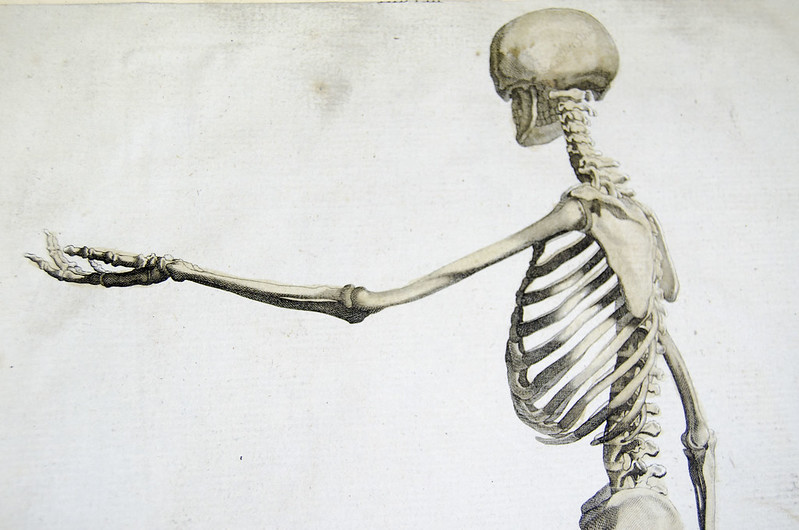Claudia Goldin, a decorated economist focusing on women in the workforce, was awarded the 2023 Nobel Prize in Economics on Monday, October 9.
A trailblazer, Goldin is the third woman to ever win the Nobel Prize in Economics and the first woman to not share the prize with a male counterpart.
Goldin currently holds a position as the Henry Lee Professor of Economics at Harvard University. After receiving her Ph.D. in industrial organization and labor economics from the University of Chicago in 1972, Goldin went on to work as an assistant professor at the University of Wisconsin-Madison. She worked at Princeton University and the University of Pennsylvania before becoming the first woman to be offered tenure in Harvard’s economics department in 1989. In an interview with BBC in 2018, Goldin claimed that “economics still had an image problem with women” at that point.
Goldin’s work focuses primarily on women in the workplace. She began her career focusing on the US Southern economy but began pursuing more female-oriented subject areas after realizing that historically, not much research had been done on female workers and their roles. Goldin has authored numerous influential papers, including but not limited to papers on coeducation in higher education, the impact of the contraceptive pill, women’s surnames after marriage as a social indicator, reasons for women currently consisting the majority of undergraduates, and the new lifecycle of women’s employment.
The research that earned Goldin the Nobel Prize has illuminated how important long-term changes are. After examining over 200 years’ worth of data on the US workforce, Goldin has shown that much of the gender wage gap appears between men and women in the same jobs, specifically widening after the birth of a woman’s first child. Previously, differences in earnings by gender could be explained by education and occupation. Married women began to work less after the arrival of industrialization in the 1800s, but showed up in the workforce in bigger numbers in the 1900s as the service economy began to grow. In the 1970s, women reached higher levels of education. Around the same time, the contraceptive pill was introduced, which additionally accelerated change.
The gender pay gap, however, remains. To this day, women earn a little over 80 cents for every man’s dollar. The gap is even wider when taking other factors into account, like being a racial or ethnic minority.
Goldin’s new research shines a crucial light on the perpetuation of historical gender differences in our current economy. The societal implications of her work, and the continuing research on women in the workplace she has participated in and inspired, undoubtedly shape the world and our views on previously unexplored topics.




















































